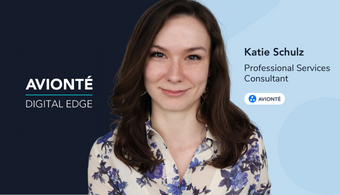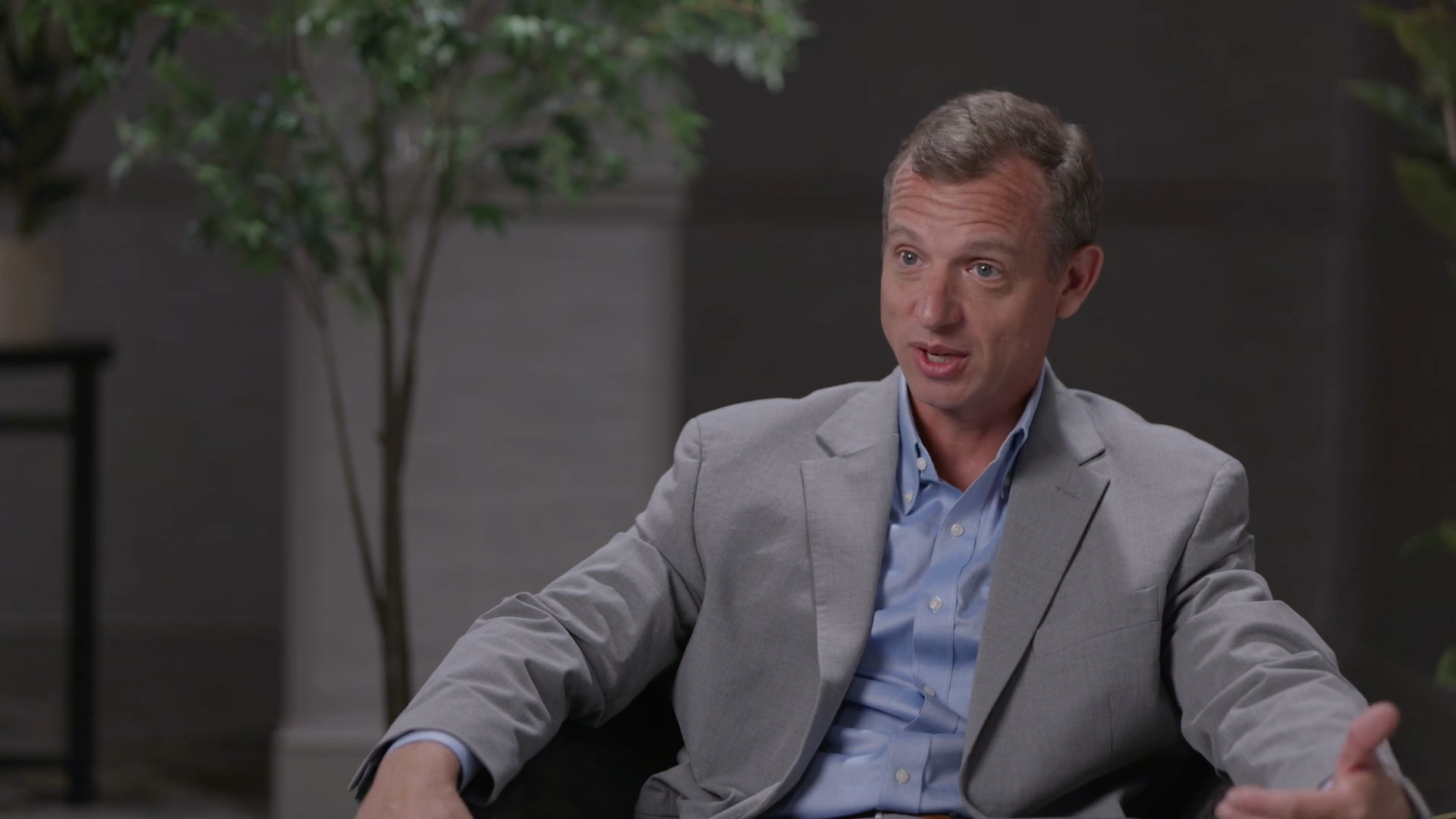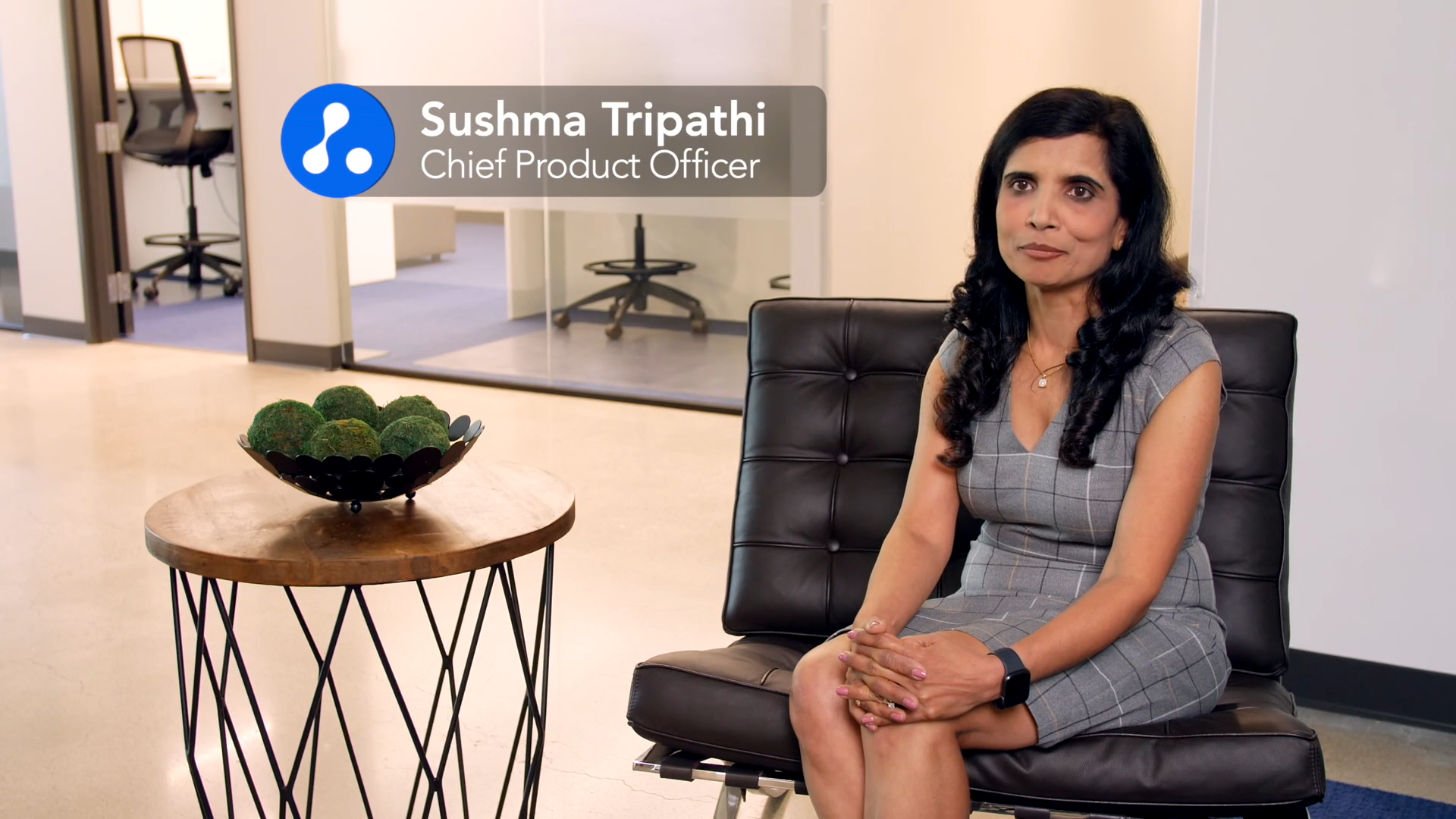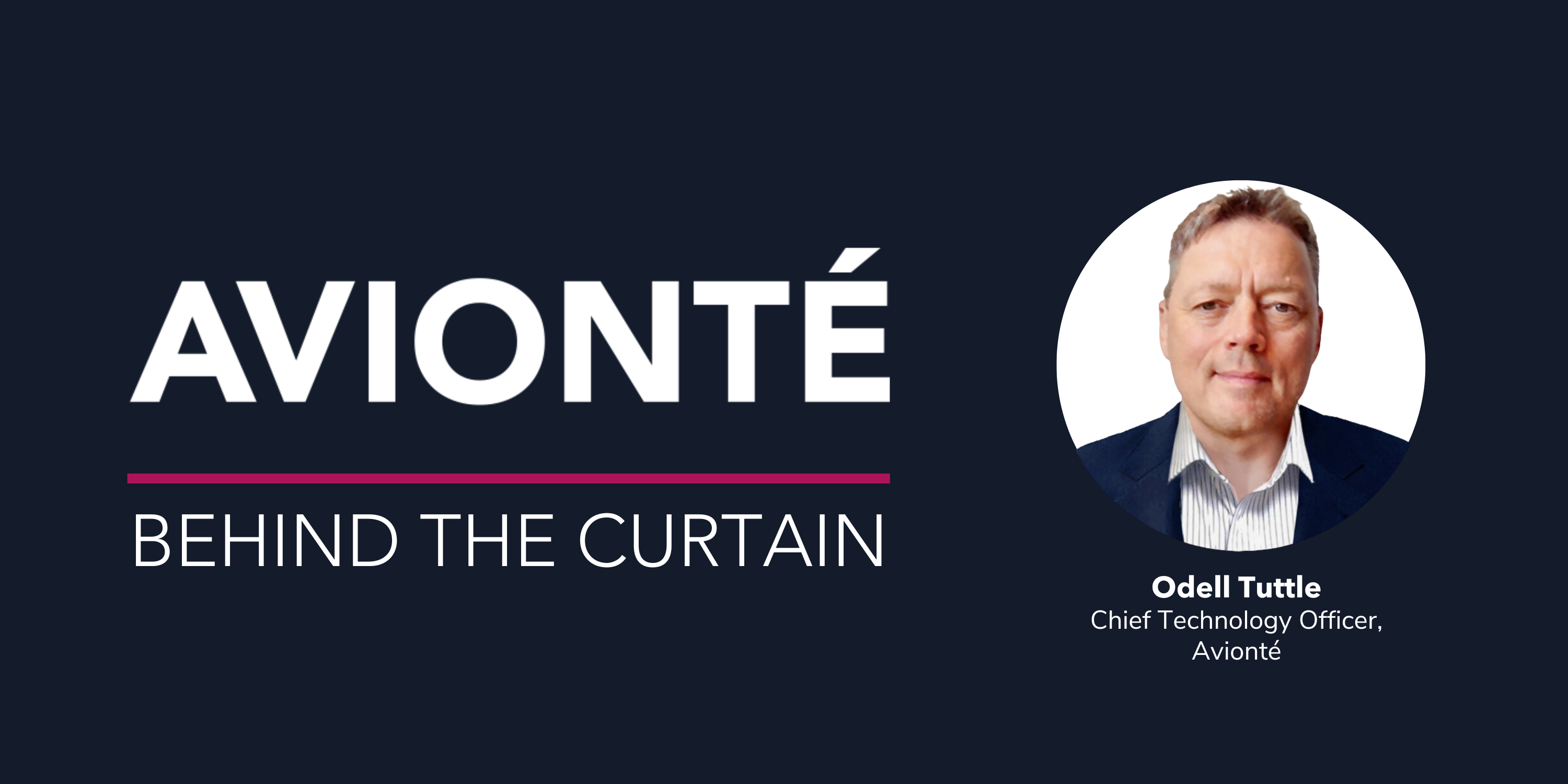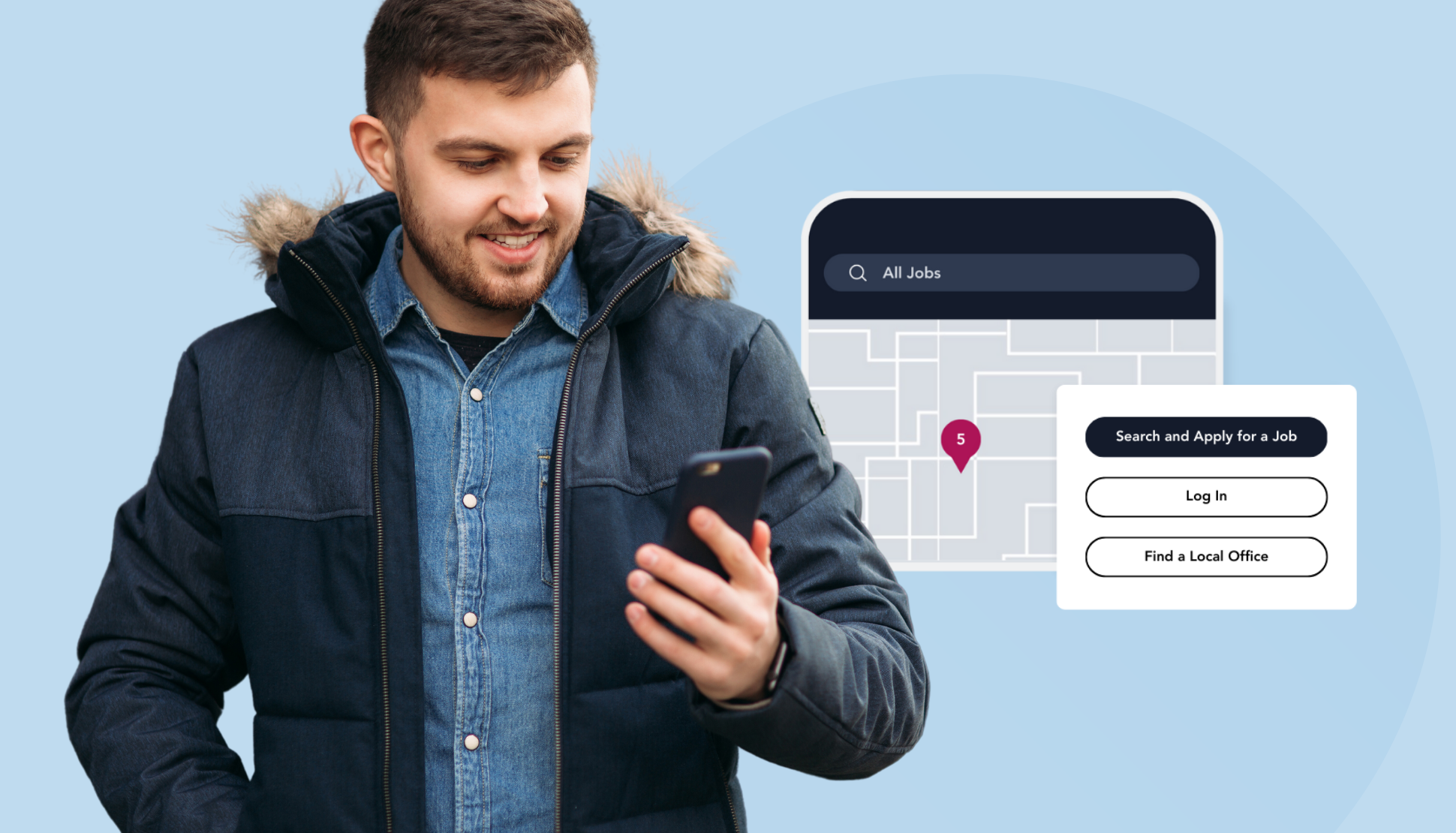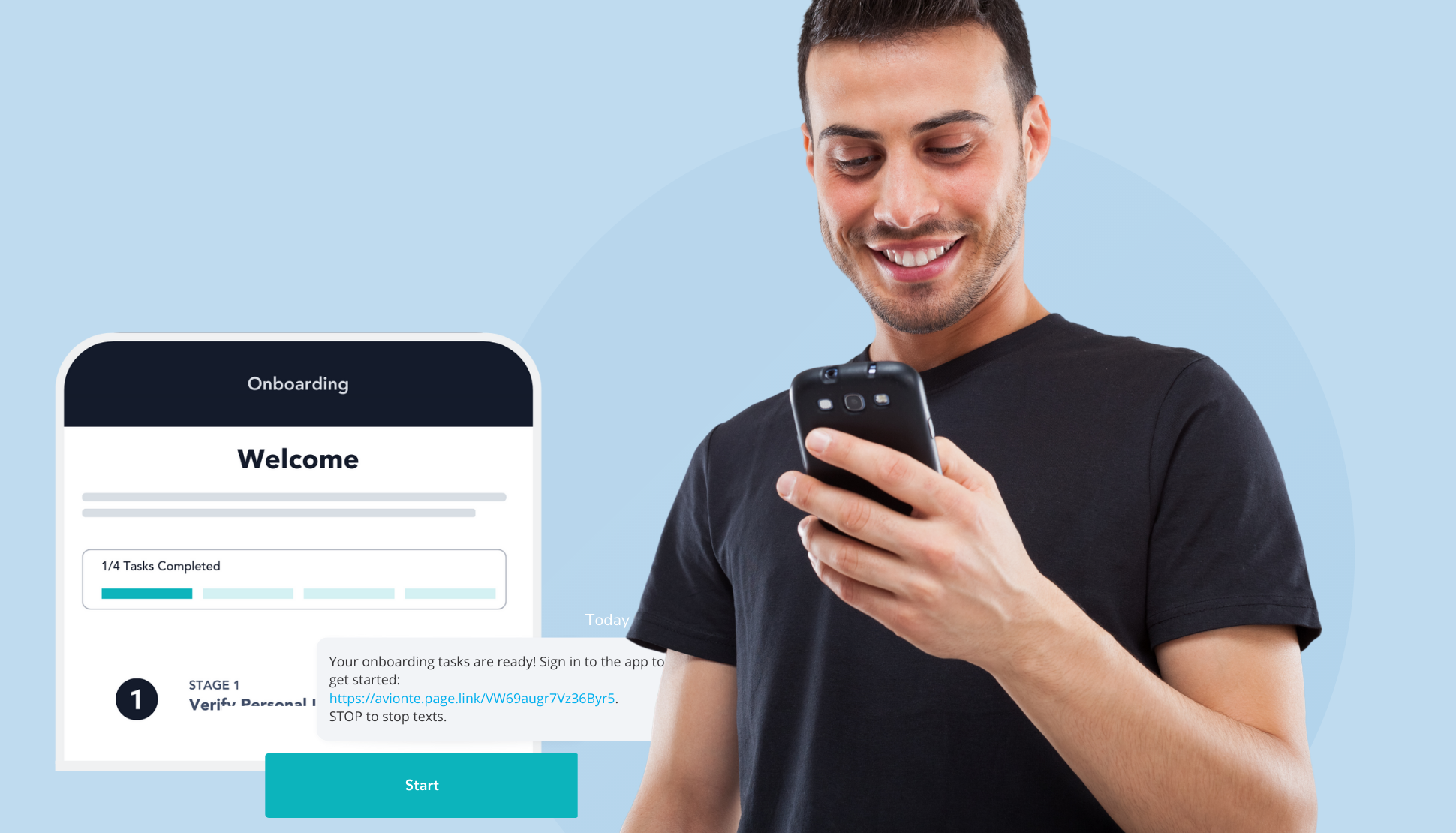In Avionté Behind the Curtain, we talk directly with subject matter experts to learn how the technology that powers the modern tech stack used for staffing and recruiting truly works. In this first episode, series host and Avionté Chief Strategy and Marketing Officer, Christopher Ryan, sits down with our very own Chief Technology Officer, Odell Tuttle, to gain insights on topics such as software selection and development, emerging technologies, and the digitization of employment practices in today’s staffing and recruiting environment.
Chris Ryan: Imagine a software platform that is used by tens of thousands of recruiters, salespeople, and administrators from over a thousand different staffing agencies to hire, track and pay 4 million employees annually. In this mission critical environment, users expect 90 millisecond transaction times, a hundred percent uptime, protection from natural and man-made disasters, and foolproof security.
And oh, yes, it should be easy to use. What does it take to design, deliver, and operate a modern end-to-end digital staffing and recruiting platform?
Welcome to Avionté Behind the Curtain, a podcast series that focuses on the technology that powers the modern tech stack used for staffing and recruiting. My name is Chris Ryan and I’m the Chief Strategy and Marketing Officer for Avionté.
My guest today is our Chief Technology Officer, Odell Tuttle. Before we begin, we need to set the stage a little. Let’s acknowledge that most people who work in recruiting and staffing are not computer experts. They are people experts.
So, why is it so important for our industry to have insight and understanding into the direction of technology? Our industry has reached an inflection point where labor and workforce trends, the development of gig work and mobile phone applications, are all coming together to create new opportunities for innovation, but also risks for technology laggers.
It’s now possible to recruit, hire, schedule, track time, pay and redeploy talent from the convenience of a mobile phone.
And the hard truth about technology today, particularly in staffing and human capital applications, is that there are a lot of boutique VC backed software vendors that have great marketing materials, but, ultimately, aren’t scalable or sustainable.
You may not be interested in technology, but technology is interested in you – and the decisions you make will have a direct impact on your ability to remain competitive in the future, protect your business from data breaches and ransomware attacks, and grow and expand.
So, with that, I’d like to welcome OT to the discussion. OT, over the years you’ve seen quite a few trends. So, what are some of the most important trends you’ve seen around technology development?
Odell Tuttle: While so much has changed, there’s so many things that are still the same. Some of the most profound things that we’re all seeing in the headlines now is related to AI. But it’s interesting that many of the originating modules – the math and science behind all of that – were from the 1970s and 80s.
And it’s really only now, because of cloud computing, that we’re able to fully harness and see those advances in the real world and apply them to somewhat more traditional business applications.
Chris Ryan: So, what I hear you saying is the math has always been there, but it’s taken a while for the hardware to catch up with the theory to make it.
OT: Exactly. The computing power that we have now and the ability to consolidate into the three or four major cloud providers gives us the ability to harness all that. Even if you’re not NASA, you can still take advantage of those capabilities.
Chris Ryan: I’ve heard some technologists say that technology is pretty much the same across all industries.
OT: There is a lot of similarity in the tech stacks between different industries. Now, there’s some differences too, in the way that they’re applied. But the common underlying things that all require are highly scalable, secure, user-friendly, high- performance applications that can be maintained, evolved, and modernized. And architectural patterns and process methodology is very similar across these different industries.
Chris Ryan: So, tell us what you think is special or unique about staffing and recruiting, and the challenges of designing software to work in this industry?
OT: One, it’s an extremely regulated industry with a number of security and privacy requirements and government regulations that affect different jurisdictions – and the way staffing is performed in those different jurisdictions. So, there’s a pretty heavy lift to ensure that you’re compliant and you follow all the rules.
It’s also rapidly evolving. The way workers find jobs, the way employers staff their organizations, and the way staffing companies fulfill and deploy their workers is all changing.
And we’re all watching what’s happening with the gig economy and remote work, and how that’s evolving. How all actors in this space are changing the way we work. And the technology’s a big piece of it. So, this traditional, highly regulated industry mixed with rapidly evolving technology has created a perfect storm of some pretty big cognitive projects for us.
Chris Ryan: What would you say are some of the largest challenges around that?
OT: Well, a little bit is how workers find work. How online tools and portals are evolving. People may look for work on Facebook. They may look on Indeed. They may use more traditional methods. The advancement of mobile and the different portals online and marketplaces where people find work would be a good example of something that’s changing.
Chris Ryan: So, one of the challenges that you face is trying to figure out which channels to work with in order to reach talent? In the staffing world, we talk a lot about omnichannel. Is that a way of saying that staffing software in the future basically has to be able to talk to anyone through any medium at any time?
OT: That’s exactly right. With the number of tools that are coming out, you can’t possibly have the imagination to predict exactly what the user experience should look like in the future. So, you need to be completely interoperable. You need to be able to integrate with every job board, every agency, every third party tool, every payroll processing engine, every tax engine. You need to be able to hook in with services and systems that exist today – and the ones that we haven’t even conceived of yet – as they adopt and adapt going forward.
So being able to have an open API, the ability for developers to easily come from these other organizations and plug into our platform, our enterprises, to be able to plug in and do it in a secure compliant way is foundational to our tech strategy.
We use terms like API first, which means the first thing we think about when we build capabilities is what they look like in their API form, and then we build user interfaces and applications on top of that. APIs and interoperability are not an afterthought; they’re foundational.
Chris Ryan: How do you do that? Most software platforms have a history. You start out with a core capability. I mean, Avionté’s been around since 2005. A lot has changed over the years. So, how do you actually put these new capabilities into place?
OT: Well, it comes down to design patterns and architectural patterns, and a lot of these have been around for a while.
But there’s some good thinking in software design, in database and API design, and just in general domain design. If the applications, entities, and operations look largely like the business domain that they’re operating in, that’s a good sign that you’re architecting it correctly. If they don’t, you may be straying off course. So, if you model it right and then expose it in the form of interfaces and contracts between the interfaces, they tend to survive the test of time.
And then it’s not a real big lift to adapt them over time. As the domain and the industry evolves, and the tools and the landscape evolve, you can add more capabilities; you can adjust them. You can put in new entities and assimilate them into your platform.
Chris Ryan: What is the outcome ultimately that you are delivering to the end user that is so important? What are they experiencing when you do things properly?
OT: Done right, we put the capabilities in their hands at the most convenient places where they expect them, either in our product directly or in their mobile app or into another third party application. The system is helping them to an outcome. It’s not getting in their way, creating friction, slowing them down, or adding cognitive load to their already busy day.
You begin with the end in mind, and you wrap the software around the user. You understand what they’re doing – the domain that they’re in, the problems they’re facing, the goals they’re trying to accomplish. And you wrap the software design around that. The end result is that the user feels like they can accomplish something new, and they can do it in an intuitive way that’s sufficient.
Chris Ryan: What do you actually do through the software development process to ensure that you get these outcomes? And how do you help an engineer designing software understand what it is that a recruiter is doing on a daily basis?
OT: Most of it starts with our people and our product and UX teams in particular. Much like we have the best and brightest on the security, engineering, and infrastructure side that build our products, we also have product, UX, and UI design folks who are very familiar with the domain.
They understand what the users are trying to accomplish. They’re familiar with the daily headaches; they’re familiar with what works and doesn’t work for them. And they can envision a faster path. They do user research. They use goal-driven, user-centered design.
And, we have a methodology that we use to drive the product development lifecycle. It sort of models what some of the larger tech companies do. For example, the Amazon and Jeff Bezos model of begin with the end user in mind and work backwards. So, instead of starting and doing a very linear software development process, you start with the outcome that you envision sometime in the future, and then you analyze your users and the way they will interact with this future product. And, from there, you design software interfaces around users or other systems and ultimately engineer it, test it, deploy it, in the real world.
Chris Ryan: You are running the operating system for a thousand plus staffing agencies and tens of thousands of people. What are some of the critical challenges that you face in deploying a modern SaaS platform for an industry?
And how does that change the way you think about technology? I mean, user design is great, but you know, it’s got to be up every day. It’s got to be reliable. It’s got to be secure.
OT: You hit a few of them right there. Reliability’s something that we’ve come to expect in software. Downtime’s not something we tolerate – or poor performance.
And it’s table stakes now. If you’re a modern, cloud-based, SaaS software provider, you have to have strategies in place to ensure that you can do that. You have to tolerate the ebbs and flows of internet disruptions. You have to tolerate software errors. You have to tolerate hardware failures, data center failures, even regional failures.
All these things, they don’t happen automatically. They happen because of carefully crafted strategies that architect platforms with high availability and durability.
We expect failure as normal, right? That’s a DevOps principle, which doesn’t mean that we want to live in the world of failure. It’s that we can’t control it. You should just assume it will happen. Everything you do, you should have more than one of them, and you should have them continuously being tested, and you should put them always in multiple data centers.
And security’s a complex domain. You need a whole team. We have a team of expert security engineers, architects, and analysts. They put in advanced capabilities to make sure that somebody doesn’t accidentally download a file that they shouldn’t download. We have third parties who come in and audit [our controls] independently to make sure that we’re doing things according to best practices.
Chris Ryan: Avionté recently shut down its last data center?
OT: Yes, that was a huge milestone for us to have modernized the infrastructure stack into our cloud providers. A year and a half ago, Avionté still operated out of three different data centers. Those have been sunset. All of Avionté operates in the cloud. Our primary cloud provider is Amazon AWS, but we also have components that are in Azure and some components that are in GCP and Google. And that’s becoming more of the norm as capabilities are pretty much all being cloud delivered.
What does that do for our teams? Well, number one, it’s where everything’s going to be – the new tools, the new innovations, the new interfaces, APIs, and data services. You’re not going to download a CD full of bites and load them onto a host somewhere in your environment. You’re going to access them through a cloud service in your cloud service provider.
New AI tools, business intelligence tools, data capabilities, security tools and frameworks are all delivered via these cloud providers. And now we have easy access. They’re right there. They’re near our systems. We have consistent APIs and services and portals to connect into them. So, it propels us forward with new capabilities to innovate.
We no longer think about operating data center infrastructure. We can pour all that energy and effort toward building new capabilities and new innovations in our products.
Chris Ryan: So, let’s talk a little bit about some of the newer and more exotic technologies that are coming online. What emerging technologies do you feel are really going to have the biggest impact on staffing tech going forward?
OT: Evolution has really unlocked a number of new capabilities. It’s gone from a software engine that could essentially make decisions and knew pattern recognition, which was interesting, but not quite as applicable.
Now, new software can actually produce content. It can produce text content and visual content. It’s propelled us into this new phase where there’s all kinds of business applications that we can take advantage of.
And what that’s going to do for our industry is really make it more efficient and allow businesses to scale more quickly based on adaptive, AI-based logic. Much like we are connected with a cloud provider or infrastructure provider. If you’re on the Avionté platform, you will now have capabilities that you can continually extend into your environment as we evolve.
Chris Ryan: Any final words of wisdom for our listeners regarding Avionté technology?
OT: Well, it’s just a super exciting point in the business now as we shift our attention from modernization to innovation.
One of my favorite quotes is from Charles Darwin: “It’s not the strongest or the fastest that survive. It’s the ones who can adapt to change.” And that’s what I absolutely love about this company!
